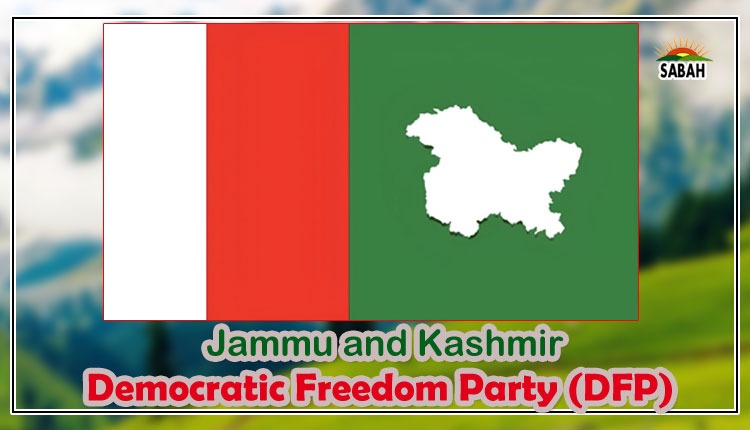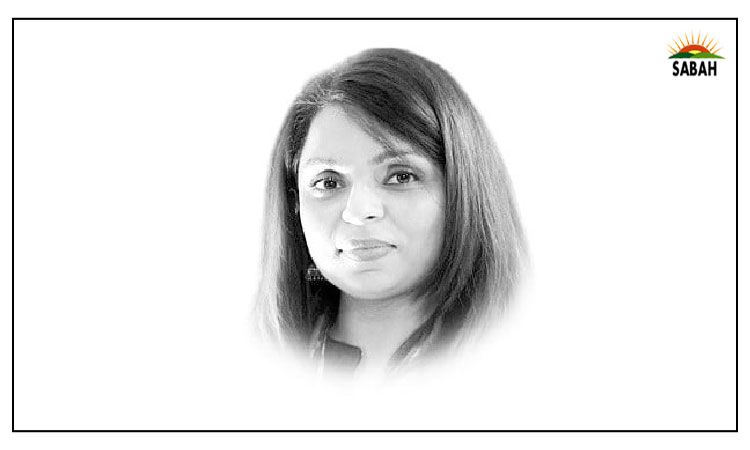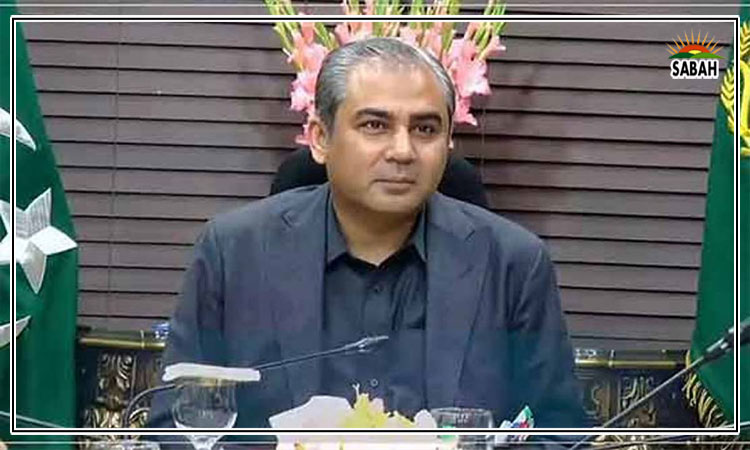Is Chinese model of development better than western ones?…Syed Mohammad Ali
While foreign assistance claims to help poorer countries become more prosperous, often this foreign assistance is not only given based on need alone, it is also linked to securing foreign policy imperatives. Paying attention to how powerful countries use financial aid to achieve their own strategic goals helps understand the lackluster impact of foreign assistance within recipient countries.
While China is a new donor, it has become a major source of desperately needed financial aid for many cash-strapped countries. The increased dependence on Chinese aid across poorer parts of Africa and Asia is now a source of concern for other powerful countries, especially the US, which is trying its best to contain Chinas growing influence.
American policymakers criticise Chinas use of debt diplomacy to influence poorer countries. However, the political use of aid is a longstanding phenomenon, which is also readily used as a foreign policy tool by the US itself. While the US itself prefers to give grants to poorer countries instead of providing them loans, it readily uses these grants as the means to pursue its own national interests. The US also backs entities like the World Bank and IMF, which give conditional loans to enact market-based reforms that enable western countries to continue extracting labour and raw materials from debt-ridden post-colonial states.
China itself was formerly an aid recipient. However, over this past decade or so, China has emerged as a prominent creditor nation. China primarily lends money to cash-starved countries across the global south at a rate which can now match aid given by western donors. According to researchers from the US-based research lab AidData, China had provided well over $800 billion to poorer countries by 2021. In addition to official loans, China is suspected of providing hidden debts which are not reflected on official balance sheets.
This sudden rise of China as a major source of development finance has prompted much speculation and concern about the opacity of Chinese lending practices. There is scant information available in the public domain about how China negotiates loans, and about the exact terms associated with its loans.
According to western scholars, the Chinese model of development considers social stability and lack of dissent to be vital for progress. China is thus considered willing to tolerate repressive actions to enable prosperity at large. This is a model that China is said to have adopted at home, and this is the model that China is now apparently exporting overseas.
While China may not hesitate to provide aid to authoritarian regimes, it must also be recognised that many western countries have used similar tactics to secure their own vested interests. Numerous despotic rulers and military regimes have stayed in power due to American funding since the Cold War era. Moreover, while the western models of development stress the need for participation and respect for human rights, many of the market-driven strategies of growth promoted by western-dominated international development agencies are readily elite-captured and often promote growth at the cost of worsening inequality.
Like western countries, China is now also using development aid for political purposes. There is an evident correlation between poorer countries dependence on Chinese aid and their support for China on contentious issues such as the Taiwan dispute or on how it is dealing with restiveness in Xinjiang. Chinese-funded development projects also provide inadequate opportunities to local communities. Such a top-down approach to aid provision has even led militant and insurgent groups to label China as an imperialist force, and to increasingly target its economic investments abroad, including in Pakistan.
Thus, while China may have provided an alternative source of development financing for the global south, the Chinese development aid model has not yet proven itself to be better than western ones.
Courtesy The Express Tribune











